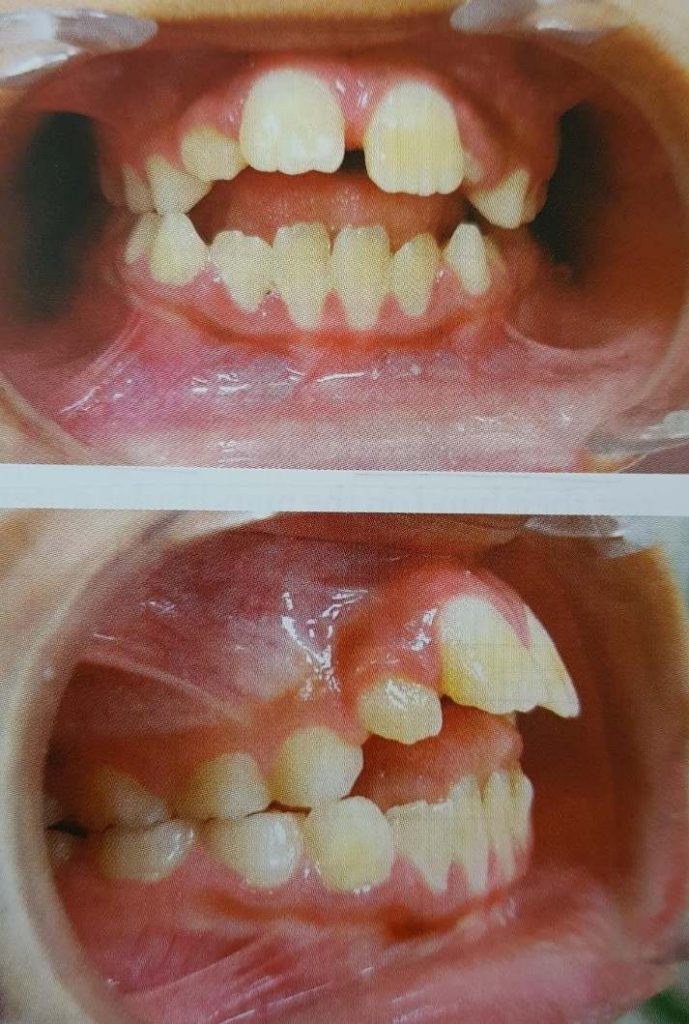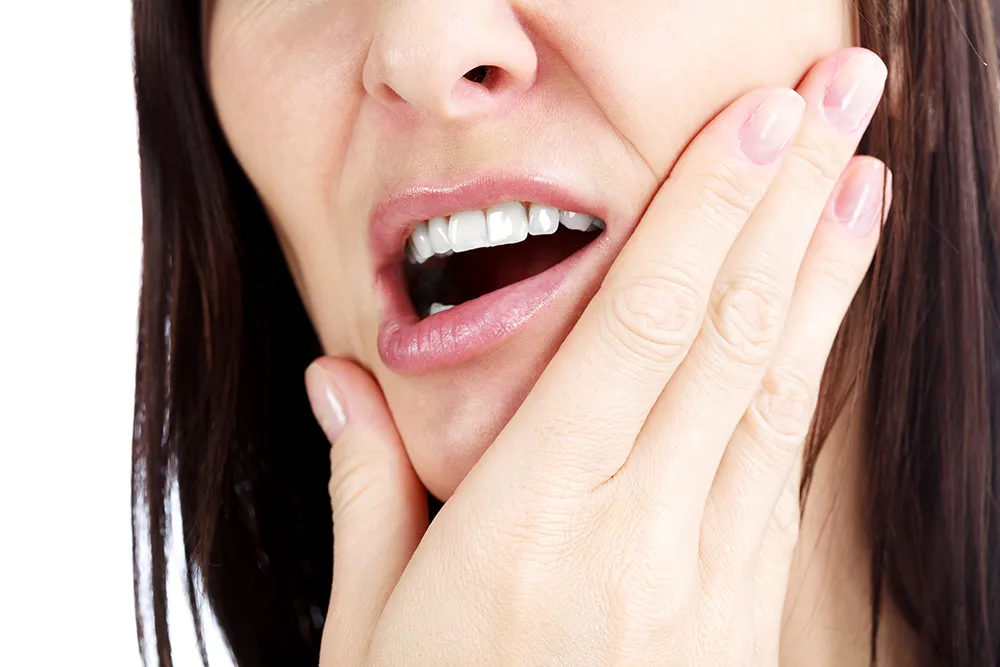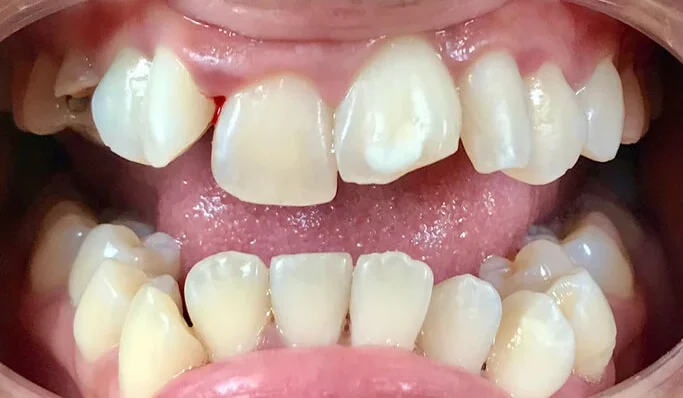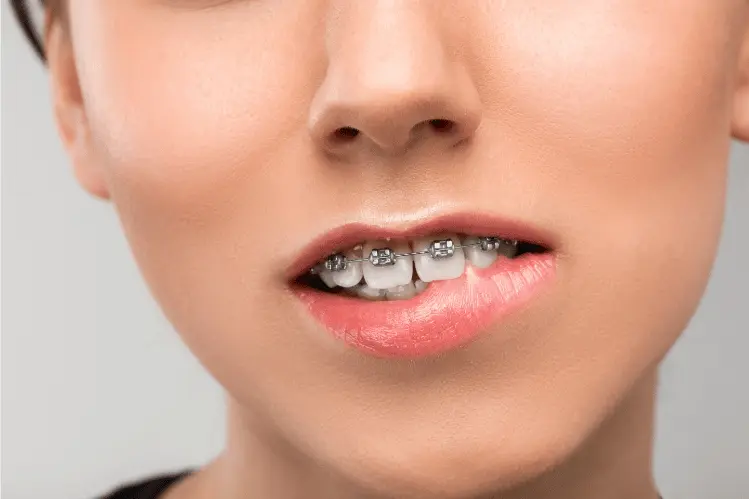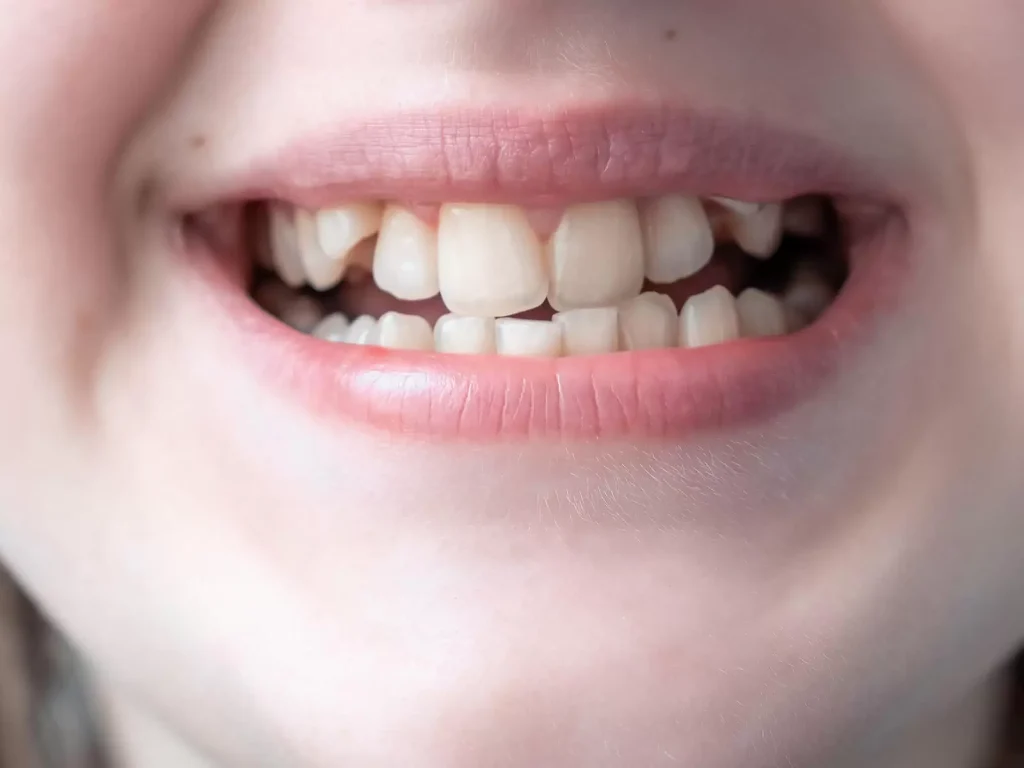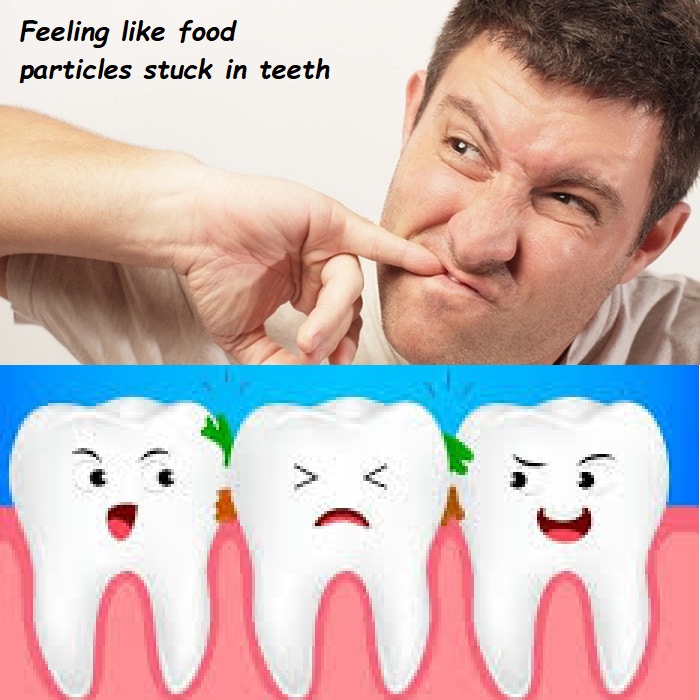bicuspid tooth
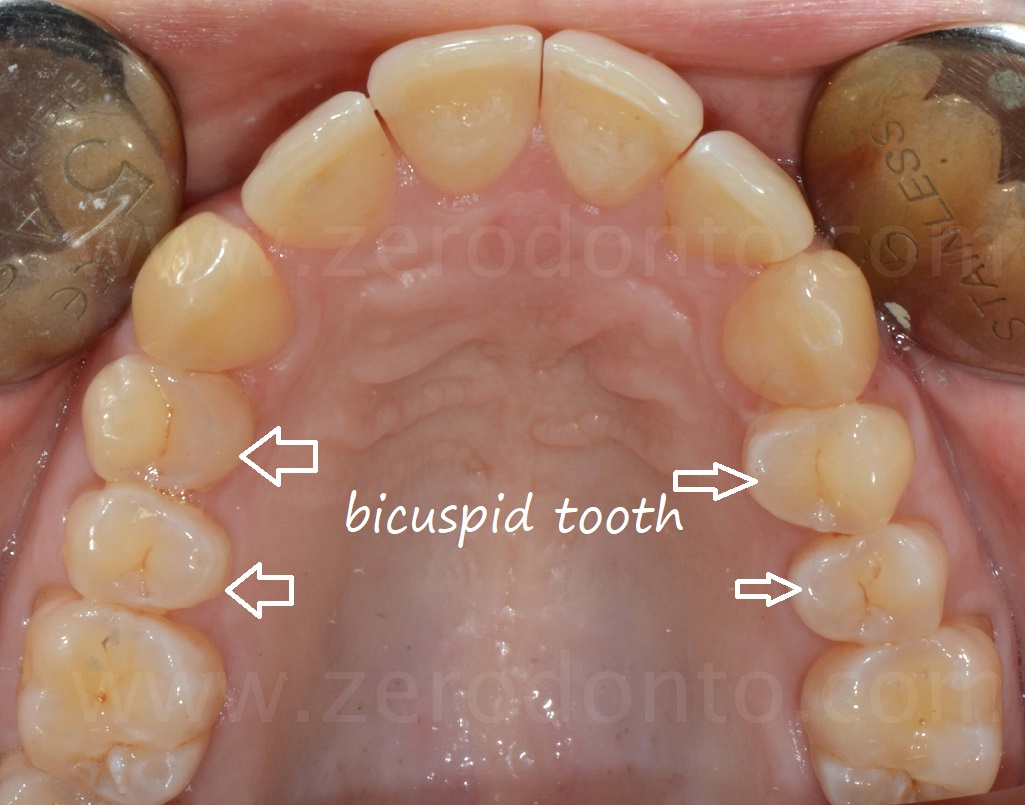
The bicuspid tooth, also known as the premolar, plays a crucial role in the human dentition. These teeth are located between the canines and molars and are essential for chewing and grinding food. This comprehensive guide explores the anatomy, function, common issues, treatments, and care of bicuspid teeth, providing valuable insights into their importance in dental health.
Anatomy of Bicuspid Teeth
Structure and Location
Bicuspid teeth are characterized by having two cusps or pointed projections on their biting surface. A full set of adult teeth has eight bicuspids—four on the upper jaw (maxillary) and four on the lower jaw (mandibular). They are located between the canines (cuspids) and the first molars.
Types of Bicuspids
There are two types of bicuspids:
- First Premolars: These are located adjacent to the canines. The maxillary first premolars often have two roots, whereas the mandibular first premolars typically have a single root.
- Second Premolars: These are located next to the first premolars and before the first molars. Both maxillary and mandibular second premolars usually have a single root.
Eruption Timeline
Bicuspid teeth generally erupt between the ages of 10 and 12. The first premolars usually emerge around the age of 10, while the second premolars follow around the age of 11 to 12. These teeth replace the primary (baby) molars.
Function of Bicuspid Teeth
Chewing and Grinding
Bicuspid teeth are essential for breaking down food. Their cusps help tear and grind food particles, making them easier to swallow and digest. The dual-cusp structure allows efficient food processing, bridging the functional gap between the sharp canines and the broad molars.
Maintaining Facial Structure
Bicuspid teeth help maintain the vertical dimension of the face. Properly aligned jaws support facial muscles and structures, contributing to the face’s overall appearance.
Speech
Proper articulation of certain sounds depends on the alignment and health of bicuspid teeth. They help pronounce specific phonetic sounds, thus contributing to clear speech.
Common Issues with Bicuspid Teeth
Tooth Decay
Like all teeth, bicuspids are susceptible to tooth decay. Plaque buildup, poor oral hygiene, and a diet high in sugars and acids can lead to cavities. Regular dental check-ups and good oral hygiene practices are essential to prevent decay.
Gum Disease
Gum disease, or periodontal disease, can affect bicuspid teeth. Gingivitis, the early stage of gum disease, can cause gums to become red, swollen, and bleed easily. If left untreated, it can progress to periodontitis, leading to the loss of the supporting bone and, eventually, the tooth itself.
Cracked or Fractured Teeth
Bicuspid teeth can crack or fracture due to trauma, bruxism (teeth grinding), or biting on hard objects. A cracked tooth can cause pain, especially when chewing or exposed to temperature changes, and may require restorative treatments like crowns or root canal therapy.
Malocclusion
Bicuspid teeth misalignment or improper spacing can lead to malocclusion, which affects the bite and overall oral health. Orthodontic treatments, such as braces or clear aligners, can correct these issues.
Treatments for Bicuspid Teeth
Fillings
Dental fillings are a common treatment for cavities in bicuspid teeth. Dentists remove the decayed portion of the tooth and fill the cavity with materials like composite resin, amalgam, or porcelain.
Root Canal Therapy
Root canal therapy may be necessary if the decay has reached the pulp (the innermost part of the tooth containing nerves and blood vessels). This procedure involves removing the infected pulp, cleaning the root canals, and sealing them to prevent further infection.
Crowns
Crowns are often used to restore bicuspid teeth that are significantly damaged or weakened. A crown is a cap that covers the entire tooth, providing strength and protection. Crowns can be made from various materials, including porcelain, ceramic, metal, or a combination.
Orthodontics
For misaligned bicuspid teeth, orthodontic treatments like braces or clear aligners can help. These treatments gradually move the teeth into their correct positions, improving both function and aesthetics.
Extractions
In some cases, a bicuspid tooth may need to be extracted. This could be due to severe decay or infection or as part of orthodontic treatment to create space for other teeth to move into proper alignment.
Care and Maintenance of Bicuspid Teeth
Brushing and Flossing
Regular brushing and flossing are essential to keep bicuspid teeth healthy. Brush at least twice a day with fluoride toothpaste and use dental floss to clean between the teeth and along the gumline.
Regular Dental Check-ups
Visit your dentist regularly for check-ups and professional cleanings. Regular visits help detect and treat issues early, preventing more serious problems down the line.
Healthy Diet
Maintain a balanced diet of fruits, vegetables, lean proteins, and whole grains. Limit sugary and acidic foods and beverages, as they can contribute to tooth decay and erosion.
Use of Mouthguards
If you grind your teeth at night (bruxism) or play contact sports, consider using a mouthguard. Mouthguards can protect your bicuspid teeth from damage and wear.
Advanced Topics Related to Bicuspid Teeth
Bicuspid Extraction in Orthodontics
In orthodontic treatment, bicuspid extractions are sometimes performed to create space for teeth alignment. This approach can be controversial, as it involves the removal of healthy teeth. However, in certain cases, it can be beneficial for achieving optimal orthodontic results.
Bicuspid Hypodontia
Hypodontia is a condition where one or more teeth fail to develop. Bicuspid hypodontia specifically refers to the absence of one or more bicuspid teeth. This can lead to spacing issues, malocclusion, and aesthetic concerns. Treatment may involve orthodontics, prosthetics, or dental implants.
Bicuspid Tooth Replacement Options
When a bicuspid tooth is lost, replacement options include:
- Dental Implants: A dental implant is a titanium post surgically placed into the jawbone, which serves as an anchor for a replacement tooth. Implants offer a permanent and stable solution for missing bicuspids.
- Dental Bridges: A dental bridge consists of a false tooth (pontic) held in place by crowns on adjacent teeth. Bridges are a reliable option for replacing one or more missing bicuspid teeth.
- Partial Dentures: Removable partial dentures can replace one or more missing teeth. They are custom-made to fit your mouth and can be taken out for cleaning.
Advances in Bicuspid Tooth Restoration
Modern dentistry has seen significant advancements in the materials and techniques used for restoring bicuspid teeth. Digital dentistry, CAD/CAM technology, and improved dental materials have enhanced the precision, durability, and aesthetics of restorations like crowns, bridges, and veneers.
Bicuspid Teeth in Forensic Dentistry
Bicuspid teeth, like other teeth, can provide valuable information in forensic dentistry. The unique characteristics of teeth, including bicuspids, can help identify individuals, determine age, and provide clues about a person’s health and lifestyle.
Conclusion
Bicuspid teeth are essential components of the human dentition, playing a critical role in chewing, maintaining facial structure, and aiding in clear speech. Understanding their anatomy, function, common issues, treatments, and care can help you maintain healthy bicuspid teeth and overall oral health. Regular dental check-ups, good oral hygiene practices, and a healthy diet are key to preventing problems and ensuring the longevity of your bicuspid teeth. Whether you’re dealing with cavities, gum disease, or orthodontic concerns, modern dentistry offers a range of solutions to address these issues and restore your smile.

